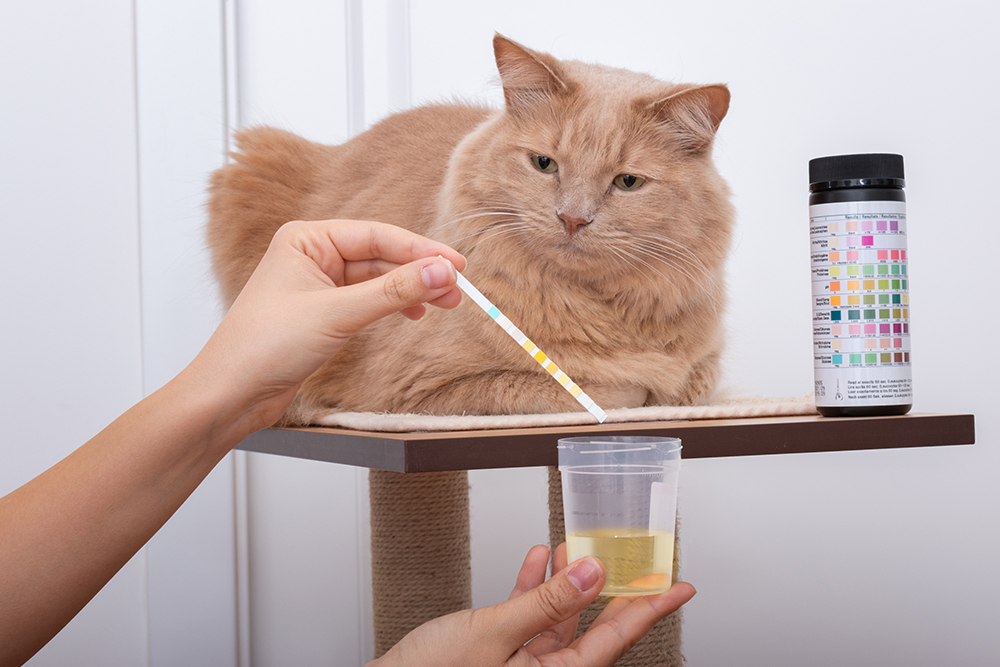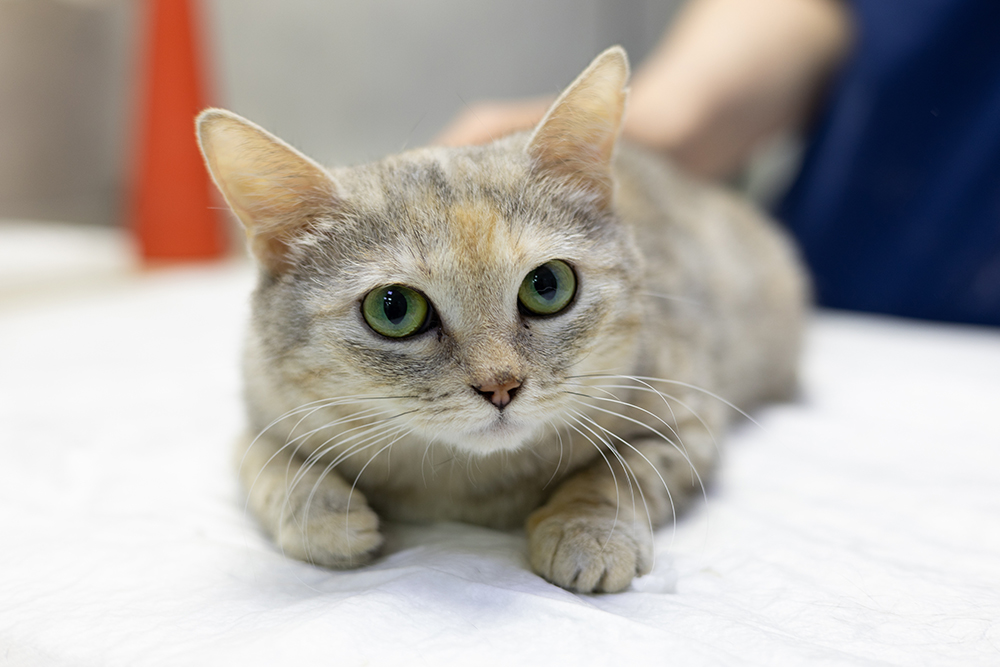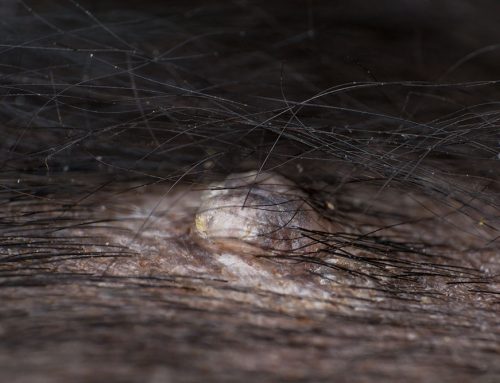Recognizing and Managing Kidney Disease in Cats
Cats are experts at masking illness, which makes chronic kidney disease (CKD) one of the most challenging conditions for owners to spot early. You might notice your cat drinking or urinating more, losing weight despite a normal appetite, or vomiting intermittently. These subtle changes can be early warnings that the kidneys are struggling to do their job.
At The Gentle Vet in West Caldwell, NJ, we combine compassionate, stress-free care with advanced diagnostics to detect kidney disease early and help families manage it effectively. With timely testing and tailored treatment, many cats can live comfortably for years after diagnosis.
Understanding Feline Kidney Disease
How the Kidneys Function- and Fail
Healthy kidneys continuously filter toxins from the blood, balance electrolytes, conserve water, and regulate blood pressure and red blood cell production. When kidney tissue becomes damaged- due to aging, infection, toxins, or genetic predisposition- these processes weaken.
As waste accumulates, cats may experience uremia, nausea, dehydration, anemia, and changes in appetite or behavior.
Chronic kidney disease develops gradually over months or years, often remaining undetected until significant damage (about 70–75% of function) has occurred.
CKD is common in senior cats, affecting nearly one in three over age 15. Some breeds- especially Persians- are prone to polycystic kidney disease, a hereditary condition where cysts replace normal kidney tissue.
Why Early Detection Matters
Because CKD is progressive and irreversible, the earlier it’s diagnosed, the more effectively it can be managed. Early intervention can stabilize hydration, reduce toxin buildup, and delay end-stage disease.
Be alert for:
- Increased thirst and urination – Dilute urine and dehydration are key early signs.
- Weight loss or muscle wasting – The body breaks down tissue for energy.
- Decreased appetite, vomiting, or bad breath – Toxin accumulation leads to nausea and uremic odor.
- Lethargy or behavioral changes – Less grooming, hiding, or restless nights may indicate illness.
Routine wellness and preventive care with baseline bloodwork is essential for middle-aged and senior cats. Detecting subtle changes before outward symptoms appear allows treatment to begin when it can make the greatest impact.
Diagnosing Kidney Disease
Diagnostic Tests and Interpretation
At The Gentle Vet, our diagnostic capabilities include advanced laboratory testing and imaging to confirm kidney disease and assess its severity.
Key diagnostics include:
- Blood chemistry – Measures creatinine, BUN, and phosphorus, which rise as filtration declines.
- SDMA testing – Detects kidney dysfunction earlier than traditional values.
- Urinalysis – Evaluates urine concentration, pH, and protein loss.
- Blood pressure monitoring – Hypertension is both a cause and complication of CKD.
- Imaging (X-rays or ultrasound) – Reveals kidney size, shape, and potential obstructions or cysts.
Small, irregular kidneys often indicate chronic disease, while enlarged kidneys may suggest infection, inflammation, or acute injury.
Veterinarians use the IRIS staging system to classify CKD from Stage 1 (mild) to Stage 4 (severe) based on blood values, urine protein, and blood pressure. Staging guides treatment choices, diet adjustments, and recheck intervals.
Because multiple conditions can mask or mimic CKD, such as feline hyperthyroidism, your vet may run additional tests to ensure an accurate diagnosis.
Managing Chronic Kidney Disease
Dietary and Medical Therapy
While CKD cannot be cured, early management slows its progression and improves quality of life. The main goals are to support remaining kidney tissue, minimize waste buildup, and prevent complications.
Core treatment strategies include:
- Renal diets: Prescription kidney diets restrict phosphorus and moderate protein, easing kidney workload while providing balanced nutrition.
- Hydration support: Encourage water intake through fountains or wet food. In later stages, your vet may teach you how to give subcutaneous fluids at home to maintain hydration and comfort.
- Blood pressure control: ACE inhibitors or ARBs protect kidney function and reduce protein loss in urine.
- Phosphate binders: Prevent excess phosphorus from worsening kidney damage.
- Antiemetics and appetite stimulants: Relieve nausea, maintain appetite, and improve daily well-being.
- Anemia management: As kidney function declines, the body produces less erythropoietin. Anemia in cats may require supplements, medication, or in severe cases, transfusion.
Monitoring phosphorus, potassium, and hydration helps adjust treatment before symptoms return or worsen.
Ongoing Monitoring at Home and at the Clinic
Managing CKD requires consistent follow-up and collaboration between you and your veterinary team. Regular rechecks– typically every 3–6 months- include bloodwork, urinalysis, and blood pressure checks.
At home, monitor your cat’s:
- Water intake and litter box output
- Weight and appetite
- Activity and grooming habits
Even small behavioral shifts can indicate a change in kidney function. Bring notes or logs to appointments- these observations often guide timely adjustments in care.
Supporting Your Cat Through CKD
Living Comfortably with a Chronic Condition
Though CKD is a lifelong disease, many cats adapt well with proper management. Your daily routine may include giving fluids, feeding prescription food, or administering medication. Most cats tolerate these changes easily once they begin to feel better.
As the disease progresses, monitoring comfort becomes as important as tracking lab results. If your cat becomes lethargic, stops eating, or shows worsening vomiting or dehydration, prompt re-evaluation is crucial- these may indicate an acute crisis or anemia.
Older cats often have overlapping health concerns. Following senior pet care recommendations ensures the whole pet- not just the kidneys- stays as healthy as possible.
FAQs About Feline Kidney Disease
Is kidney disease always fatal?
CKD is progressive and incurable, but with proper care, cats can live comfortably for years. The key is early diagnosis and ongoing monitoring.
Can it be prevented?
Some forms, such as polycystic kidney disease, are genetic. However, maintaining hydration, providing a balanced diet, and scheduling regular veterinary exams may reduce risk and delay onset.
Will my cat be in pain?
CKD itself isn’t painful, but nausea, dehydration, or oral ulcers can cause discomfort. These symptoms respond well to medical treatment and hydration therapy.
Take the Next Step Toward Better Kidney Health
If your cat is drinking more, losing weight, or showing subtle behavior changes, don’t wait to schedule an exam.
The Gentle Vet’s comprehensive diagnostic options and compassionate approach ensure your cat gets the medical attention they need in a calm, Fear-Free setting.
For early screening, chronic care, or guidance on home fluid therapy, we’re here to help. Contact The Gentle Vet at 973-313-5412 or request an appointment online.
Early detection is your best defense against kidney disease- and your cat’s best chance at a longer, more comfortable life.









Leave A Comment